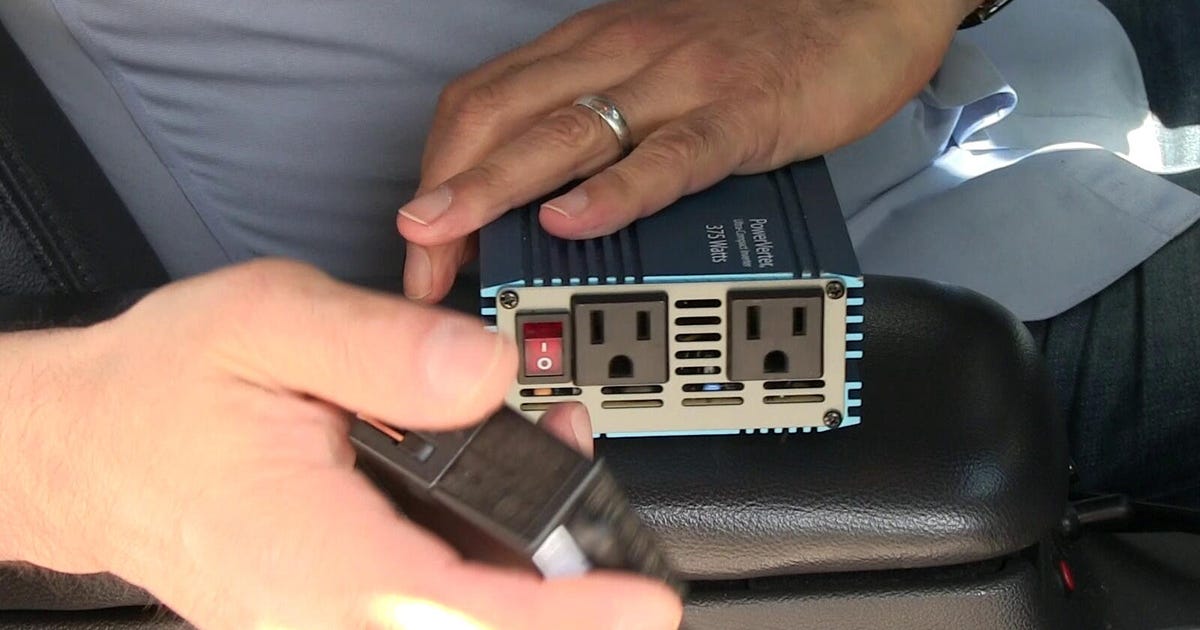
Loading...

老式汽车的发电机,一般能提供30~40A的电流,而现在的汽车发电机,一般都能提供100A以上的电流。一般给电池充电是5A,除了给电池充电,发电机能提供很大电流给车,不存在电流不够,要电池额外提供的问题。所以车启动后,车内所有供电都取自发电机,电池是处于充电状态。
车启动时的电流是200~300A,如此大的电流只能电池提供,但持续时间很短。
An automobile voltage regulator controls the voltage produced by the car's alternator to recharge the battery. The regulator forces the alternator to maintain a voltage of between 13.5 volts and 14.5 volts. This is sufficient to recharge the battery safely while protecting the electrical circuits and components of the car, including the wiring system, lights, motors that drive power accessories and stereo.
Voltage from the battery starts the car when the ignition switch is turned. Voltage pours through the starter to get the car running by causing a controlled explosion in the engine combustion chamber.
Once the car is running, a drive belt causes a spinning rotor to turn inside the alternator, which acts like a generator to produce power. The power moves from the alternator to the battery by way of the voltage regulator.
The electricity passes through the voltage regulator, which turns the alternator on and off, depending on the voltage level at any given time. If the voltage in the battery falls under 13.5 volts, the regulator's voltage sensor closes the circuit to the alternator. This delivers electrical current to the field terminal of the alternator, causing it to switch on and deliver a charge to the battery. Some regulators use electromechanical components that cause a physical break in the circuit to stop the flow of power. These are found mainly in older automobiles. Others regulators depend on electronic components to pause and start the voltage flow.
When the voltage in the battery reaches 14.5 volts, the voltage regulator sensor turns off the flow of current from the alternator, which stops providing electricity to the battery. This prevents the battery from overcharging, and possibly exploding or burning out.
